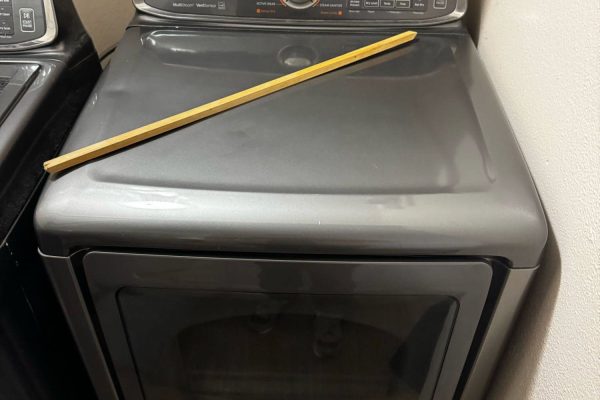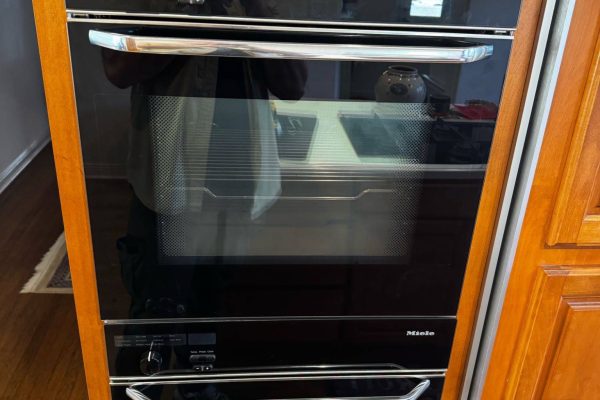Drum sensors in washing machines serve as integral components responsible for detecting the status, movement, or position of the drum during various wash cycles. Any malfunction or damage to these sensors can lead to disrupted washing cycles, improper spinning, or other operational issues within the appliance. Understanding the potential problems, signs, and troubleshooting methods related to damaged or broken drum sensors is essential for effective maintenance and repair.
Role of Drum Sensors in Washing Machines
Drum sensors, including position sensors or motion sensors, monitor the drum’s movement, rotation, or positioning within the washing machine. They provide crucial feedback to the control system, enabling proper functioning of washing cycles, spin operations, and load balancing.
Common Problems Associated with Drum Sensors
Spin Cycle Issues: Malfunctioning drum sensors may lead to problems during the spin cycle, causing the drum to spin irregularly or not at all.
Unbalanced Loads: Faulty sensors might fail to detect load imbalances, resulting in excessive vibration or the washer stopping mid-cycle to prevent damage.
Incomplete Cycles: Damaged sensors may prevent the washing machine from completing cycles due to an inability to detect the drum’s status accurately.
Error Codes or Display Malfunctions: Sensor-related issues can trigger error codes on the display panel, indicating problems with the drum’s status or movement.
Signs of Damaged or Broken Drum Sensors
Abnormal Noises: Unusual grinding, clicking, or squealing noises during the washing cycle could signal issues with drum sensors or their associated components.
Incomplete Spinning: Inconsistent or incomplete spinning of the drum at the end of the cycle indicates potential sensor problems affecting proper functioning.
Error Messages: Display panels showing error codes related to drum or load status signify potential issues with the sensors monitoring these functions.
Troubleshooting Damaged Drum Sensors
When encountering problems associated with damaged or broken drum sensors in a washing machine, consider the following troubleshooting steps:
Inspect Sensor Connections: Check for loose, damaged, or disconnected wiring or connections associated with the drum sensors.
Clean Sensors and Components: Gently clean the sensors and their surroundings to remove any dust, dirt, or debris that might obstruct their proper functioning.
Test Sensors with Multimeter: Use a multimeter to test the sensors for continuity or proper electrical signals, ensuring they are functioning correctly.
Replacement of Faulty Sensors: If sensors are irreparably damaged or malfunctioning, replacing them with new ones compatible with the washing machine model is recommended.
Professional Repair and Assistance
In cases where basic troubleshooting does not resolve the issue, seeking professional help from experienced appliance technicians is advisable. Professionals offer the following benefits:
– Conduct thorough diagnostic tests to pinpoint specific drum sensor malfunctions accurately.
– Replace damaged or faulty drum sensors with precision and expertise.
– Ensure safety compliance and prevent further damage to the washing machine.
Preventive Maintenance Measures
To prevent or mitigate issues with drum sensors in washing machines, consider the following preventive measures:
Regular Maintenance Checks: Schedule periodic maintenance checks with appliance technicians to inspect and maintain all washer components, including drum sensors.
Proper Loading: Avoid overloading or underloading the washing machine, ensuring balanced loads to prevent strain on the drum and sensors.
Use Quality Detergents: Use high-quality detergents and avoid excessive amounts to prevent soap residue buildup that might affect sensor functionality.
Drum sensors in washing machines are crucial for monitoring the drum’s status and movement during wash cycles. Issues arising from damaged or broken sensors can lead to disrupted cycles, unbalanced loads, or incomplete spinning, affecting the appliance’s performance.
Addressing problems associated with damaged or broken drum sensors involves a combination of basic troubleshooting, seeking professional assistance when necessary, and implementing preventive maintenance measures. By practicing proper care, regular maintenance, and timely repairs, users can enhance the longevity and efficiency of their washing machines, ensuring optimal performance and reliable laundry results.
We have appliance repair experts available today! Call a professional Poway Appliance Repair Service Center technician by phone or book your service.
Our service center is open 24/7, so you can easily schedule a convenient repair time. The specialist will arrive at the agreed time, carry out a diagnosis, and, if necessary, offer repairs. If you are willing, your appliance will be repaired directly on-site within 1-2 hours. We provide top-notch service at an affordable price!
Contact us


